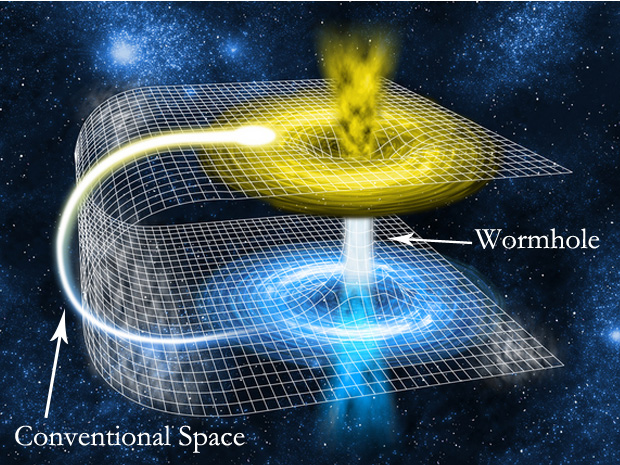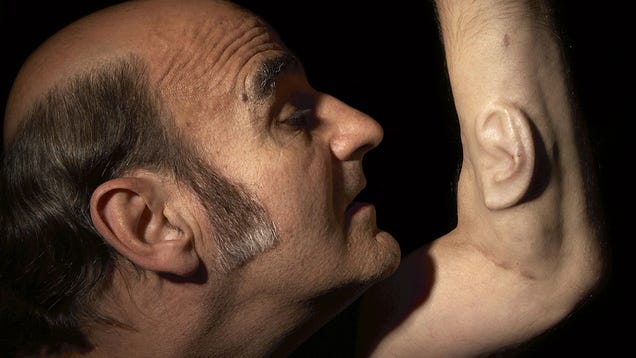The most interesting point from this week’s lesson can
definitely be said as the concept of “unconsciousness” and the different
influences to some unseen religious aspects. As Professor Vesna covered, the
in-depth research of neurology becomes eminent especially with Franz Joseph
Gall’s concept of phrenology, where mental functions were said to be localized
and one’s feelings reflect such localized functions. Although Gall touched on
the topic of 8 senses in which humans had where other animals did not, this
idea went perpendicular to Gall’s era where it was highly religious in Judo-Christianity.
Similarly, prominent researcher Mark Cohen also touches that around this time,
there existed such different standards of neuroscience than of today; that even
people believed criminals have bumps on heads specifically where the brain had
localized characteristics.
A more modern perspective comes into picture when Carl Jung
was said to introduce the idea that every person has some psychic culture in
his unconsciousness, as Professor Vesna describes. In Carl Jung’s article, in
which the language was personally heavy to read, Jung states that the body lays
claim to equal recognition, that it exerts the same fascination as a psyche.

Jung’s ideas reflected a more modern view of the spiritual sense within
science, somewhat similar to many concepts introduced by various deitic religions.
In its modern transitions of the neuroscience research, many inventions and
experimentations- both inside laboratories and outside- are conducted such as
Mark Cohen’s inverted goggles testing brain’s adaptation abilities.

In Swann’s Hypothesis article, author Max states that researcher
Lehrer found that writers and musicians consistently lead the way to new
theories with inspiration while scientists mop up with hard data. In this, we
can even see the correlation of artistic activity to scientific research, as
scientific research is not always conducted in laboratories; they are brought
from the everyday life, with many inspirations and products of everyday lifestyles-
much including art. As Frazzetto and Anker states, the interaction between art
and science offers an opportunity to make the scientific community and the
public aware of the social and ethical implications of the scientific advances
in neuroscience. As Neuroscience reveals individuality, there is no way that
individuality can precede without putting Art into the picture! Although so
many theories are introduced and experimented for every day, as it has been for
the last century, the true product comes from its interaction with art.
----------------------------------------------SOURCES------------------------------------------------------
Brain and Art Img. "Psychology
Brain Art - Danasojak." N.p., n.d. Web. 15 May 2016.
Cohen, Mark. "Neuroscience-Mark
Cohen.mov." YouTube. YouTube, 12 May 2012. Web. 15 May 2016.
Frazzetto, Giovanni, and Suzanne Anker.
"Neuroculture." Nature Reviews Neuroscience Nat Rev Neurosci 10.11
(2009): 815-21. Ucdesma. Web. 15 May 2016.
Jung, Carl. "The Spiritual Problem
of Modern Man." Collected Works of C.G. Jung, Volume 10: Civilization in
Transition (n.d.): n. pag. Ucdesma. Web. 15 May 2016.
Max, D. T. "Swann’s
Hypothesis." The New York Times. The New York Times, 03 Nov. 2007. Web. 15
May 2016.
Phrenological Img, Dale Michels.
"Phrenological Phacts." Fine Art America. N.p., n.d. Web. 15 May
2016.
Neuroculture Img. "Is Neuroculture
a New Cultural Revolution? | OUPblog." OUPblog Is Neuroculture a New
Cultural Revolution Comments. N.p., 26 Nov. 2015. Web. 15 May 2016.
Vesna, Victoria, narr. “Neuroscience Art Lectures
I-III.” N.p., . web. 16 May 2012.























